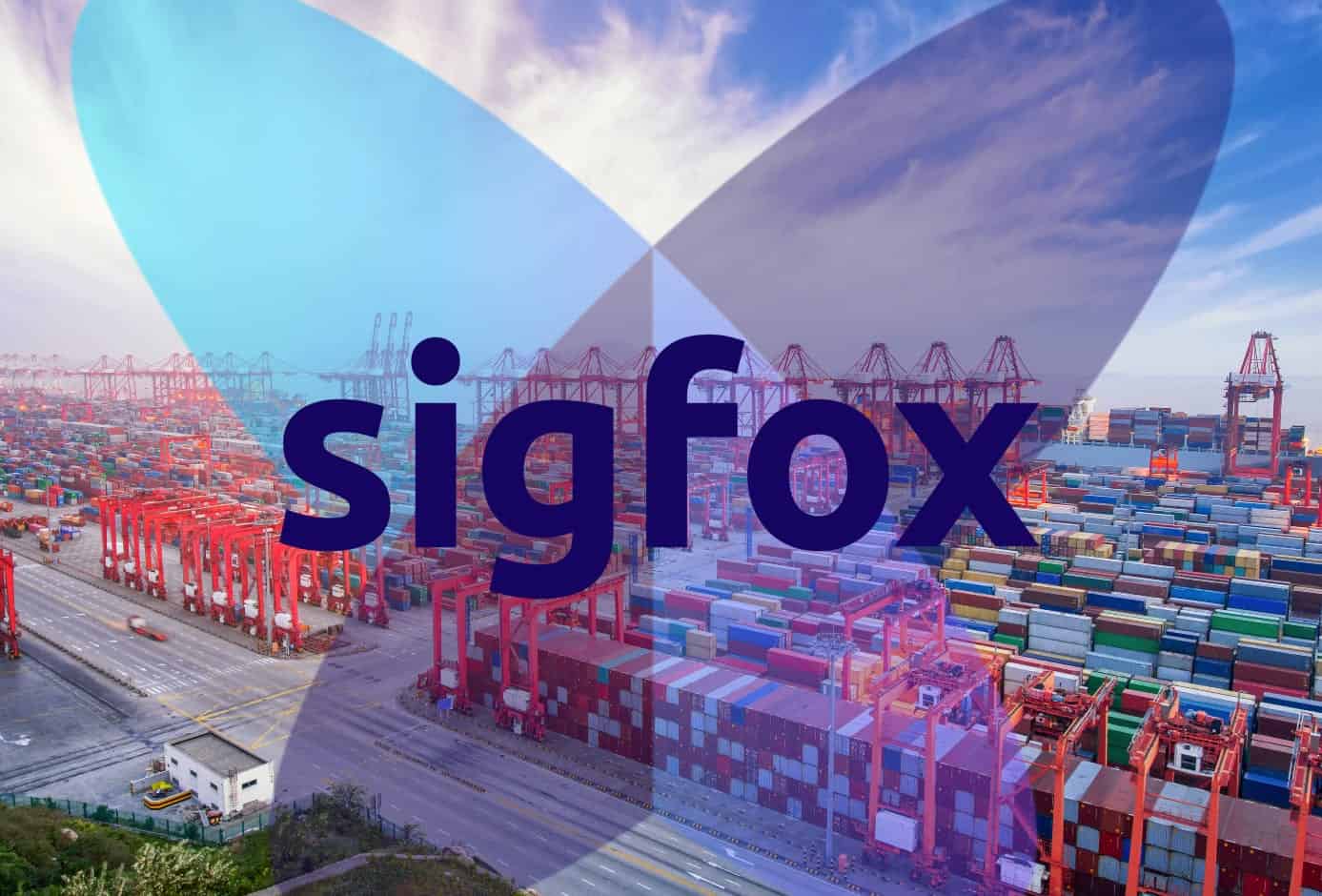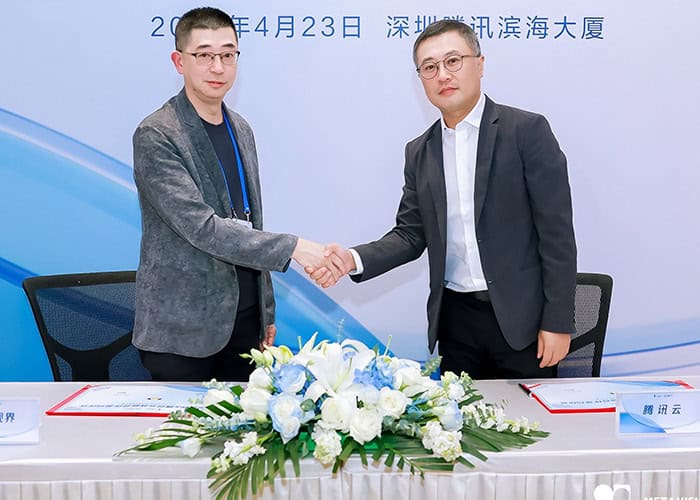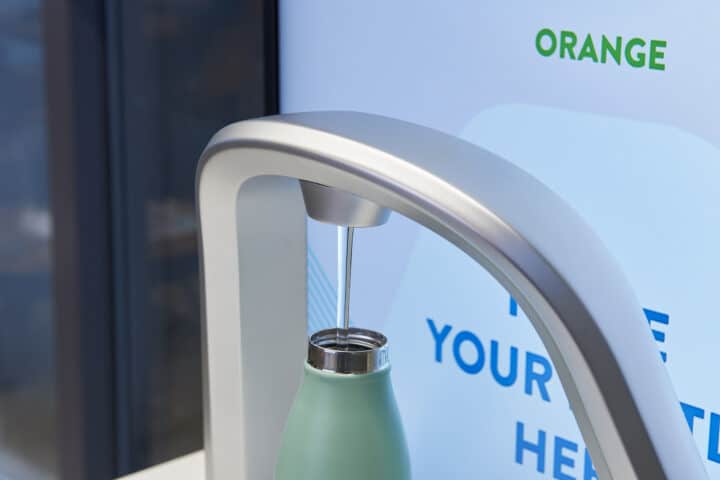Discover recent advancements in Sigfox technology, particularly focusing on Unabiz’s claim of an 18-times reduction in energy consumption for Sigfox devices. The implementation of low-power wide area (LPWA) networks by Sigfox has enabled faster and more efficient data transmissions, significantly reducing power usage while maintaining transmission quality. Unabiz highlights the trade-offs involved, such as sacrificing range and reliability for energy efficiency.

Sigfox Energy Efficiency Revolution: 18x Reduction in Consumption Spurs IoT Innovation
Unabiz, owner of the Sigfox technology, has claimed to have enabled an 18- times reduction in energy consumption on Sigfox devices. According to the statement, low-power wide area ( LPWA ) networks run by Sigfox-based low-power networks around the world now support faster and fewer data transmissions, reducing the power used to send messages over the network to the cloud. The trade- of comes in terms of the range and reliability of transmissions, it noted.
Sigfox infrastructure has until now offered data messages in three tranches (” N=3 repetition mode” ) and a data rate of 100bps. The new adjustments lower the message repetition to two or just one transmission ( N=2/N=1 ) and increase the transmission rate to 600bps. According to Unabiz, the faster transmission rate reduces energy consumption by six times and “improves transmission quality when devices are transmitting on the move.”
The N=1/N=2 reduction, to sending two frames or even just one frame of data instead of three, as conventional, in order to get a message across, delivers more energy savings of” 33 percent to 66 percent”, it said. Combined, the two innovations deliver big energy savings, it claimed. In turn, Sigfox- based IoT devices will next more in the field, business cases will be extended, and novel use cases will emerge, Unabiz reasoned.
Balancing Efficiency and Reliability: Sigfox’s Evolution in LPWA Networks
The Singapore-based company, which first acquired Sigfox at the beginning of 2022 and has since expanded the Sigfox model and adopted opposite LPWA network technologies like LoRaWAN, stated:” Both innovations collectively enable devices to operate at unprecedented levels of efficiency. The revolutionary enhancement aims to deliver a significant efficiency boost for Sigfox- based solutions, empowering developers, operators, and customers alike”.
But there is a trade- off. The transmission rate is increased by sending at 600 bps, which increases the power consumption of the device, and increases the use of optimized spectrum. It even reduces the transmission budget by 8 dB, which has an impact on the range at which Sigfox gateways can receive messages. In other words, the broad- area aspect of Sigfox is impacted, and messages can travel less way.
However, reducing message repetition from N:3 to N:1 raises the chances that insufficient data is delivered in areas with weaker coverage, and that IoT messages do not always get through. Unabiz advised IoT developers who are implementing 600bps and/or N=1 configurations to check the network reliability of their solutions and to have Sigfox operators on hand to “provide assistance and extend coverage”
Empowering IoT Innovation: Unabiz Unveils Enhanced Sigfox Technology
Nicolas Chalbos, head of Sigfox innovation at Unabiz, said:” With this technology update, we offer superior flexibility for our partners to optimise their solutions. Battery requirements can vary greatly …]for ] facility management, metering, and asset tracking. Solution designers can then easily balance device lifetime and network performance for their particular use cases with our most recent updates to the network and device library.
The new enhancements aim to enhance Unabiz’s technical prowess, according to Alexis Susset, chief technology officer at Unabiz, by addressing IoT solution needs that rely on the main strength of our Sigfox technology. Enabling 600 bps data transmission and releasing our open-source device library, which includes options for controlling data transmission repetition, improve both reliability and energy management for the devices in use cases like logistics, where the devices are moving.
Unabiz has provided technical details regarding the new data rat and repetition schedule, as well as directing developers to “benefits and considerations” on its Github page.








